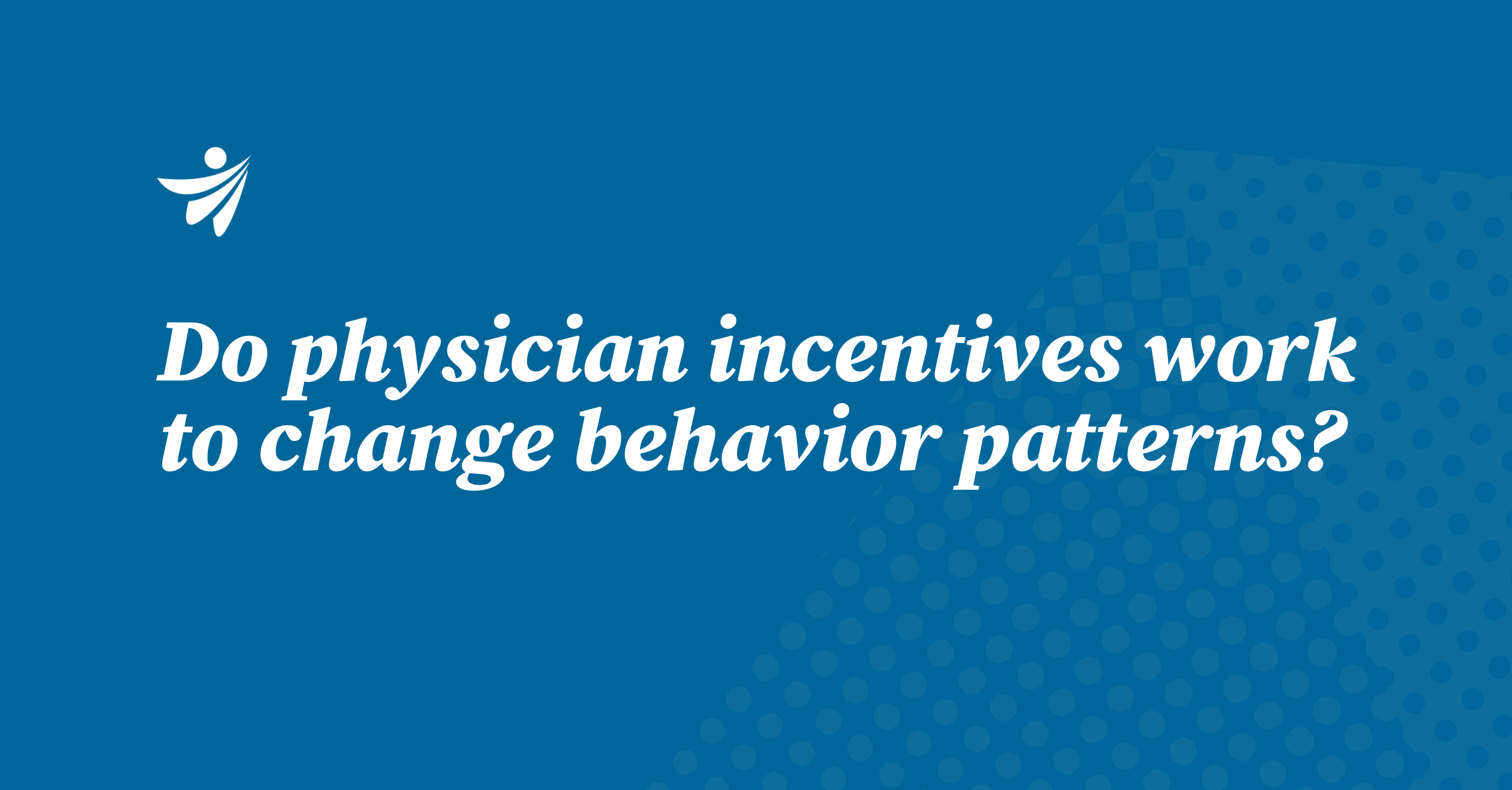
Provider Incentives
Nov 20, 2023
Provider Incentives | December 15, 2023
Healthcare Unbound episode recap: Value-based payment models may offer a promising solution to rising healthcare costs and declining population health. However, shifting the incentive structure around physician reimbursement is key to unlocking the full potential of value-based care, says Zeke Emanuel, MD, PhD, co-director of the Healthcare Transformation Institute at the University of Pennsylvania and the Diane v.S. Levy and Robert M. Levy University Professor at the University of Pennsylvania Perelman School of Medicine. Dr. Emanuel — an oncologist by training who is well-known for his work as an architect of the Affordable Care Act (ACA) — has deep insights about alternative payment models, physician reimbursement, and how to fine-tune incentives using the lens of behavioral economics to effect change. Dr. Emanuel joined Jean Drouin, MD, on an episode of Healthcare Unbound to discuss strategies for changing physician behavior through a combination of behavioral economic principles and payment innovation. Dr. Emanuel has spent most of his career thinking about the implementation of value-based payment models in a variety of spaces — from academia to government to the private sector. Scaling any intervention in the healthcare system, he’s learned, can be done faster by a for-profit business than by a nonprofit or academic institution. Unlike nonprofits or academic institutions, businesses are fast and efficient at raising capital, hiring people, and implementing an effective sales operation. “If you want to take an intervention and you want to scale it — not just do it as an academic exercise for a paper — you really need to have a company,” he says. “It’s the blind spot of academics. Our thinking has always been: Publish a paper, people will see it’s brilliant and adopt it. Well, that is false.” The idea of using business as a vehicle for transformation ultimately led Dr. Emanuel to help found Embedded Healthcare, a behavior change platform company acquired by Clarify Health in March 2022. Sharing what he learned from his work at Embedded and with provider groups across the U.S., he outlines three “I’s” for transforming physician behavior. Physicians need very specific, actionable information about how they can more effectively deliver quality care at a lower cost. “You can’t just say, ‘Go to lower-cost places.’ They don’t know where the lower-cost place is. You’ve got to educate them about it,” Dr. Emanuel says. If they know which changes to make, where to make them, and which patients each change will benefit, it will go a long way toward guiding their behavior. Additionally, physicians need feedback to understand how well they’re performing against the new program. Providing them with personalized and easy-to-understand insights encourages them and focuses their efforts. The barriers to change in healthcare can seem intractable. Even the best intentions are easily thwarted by outdated infrastructure. That’s why, to facilitate change, it’s important to provide a new infrastructure to bring those barriers down as much as possible. Whether making it easier for physicians to refer to specialists or buying the software for implementing value-based payment systems, progressively eliminating the barriers to adoption is a key step in going from concept to reality. Like other industries, healthcare operates with financial considerations, balancing economic sustainability with patient outcomes. To get physicians to change habits, the money has to follow. “Physicians need to be paid to do the change, or the change has to be revenue-positive for them,” he says. These incentives must be: Value-based payment models have gotten a slow start, but we’ve learned a lot about what works and what doesn’t. After a decade, the technology infrastructure needed to power value-based payments is finally catching up to the industry’s interest in adopting VBCs. The payment innovation of the future will be characterized by personalization, better-aligned incentive structures, and greater transparency. This article is based on an episode of the Healthcare Unbound podcast, which provides front-row access to healthcare visionaries discussing advancements and groundbreaking solutions — subscribe for free and get future episodes delivered to your preferred platform.Beyond Theory: Harnessing Incentives to Drive Value-Based Care Initiatives
Use the three “I’s” to transform physician behavior
Information
Infrastructure
Incentives
Value-based payment models are here to stay